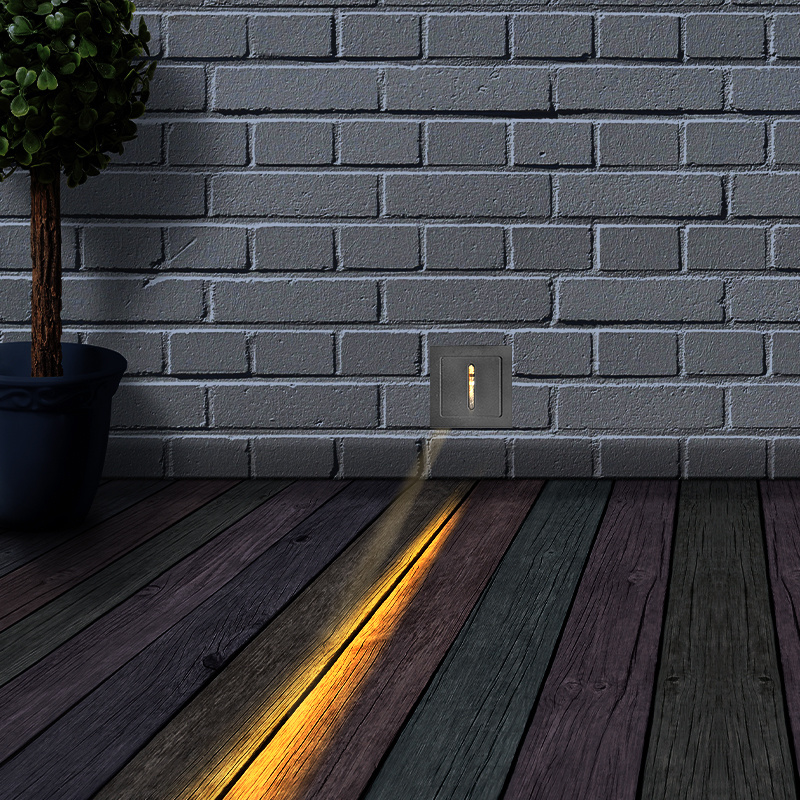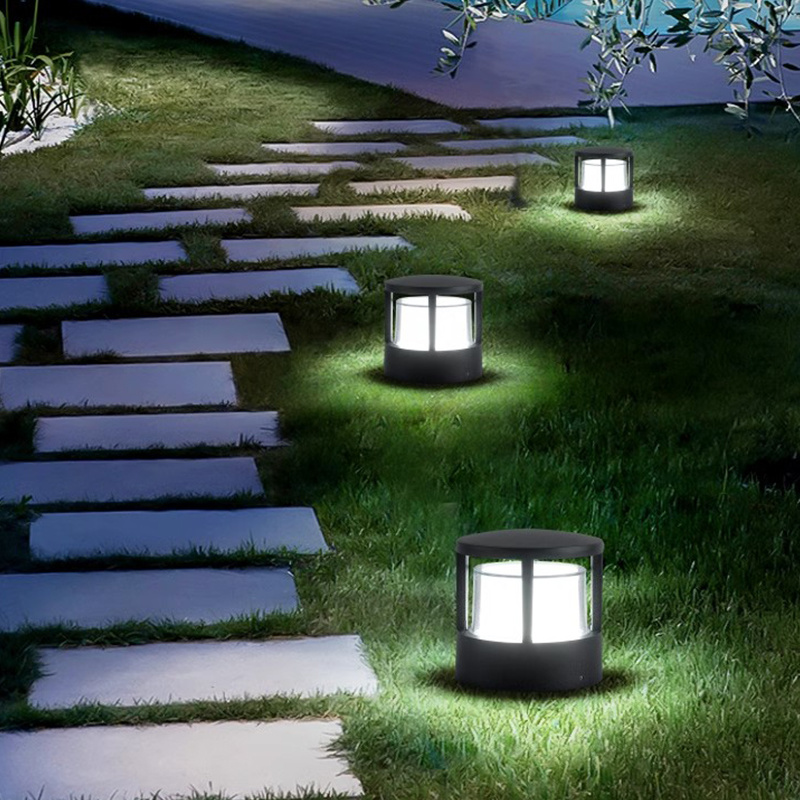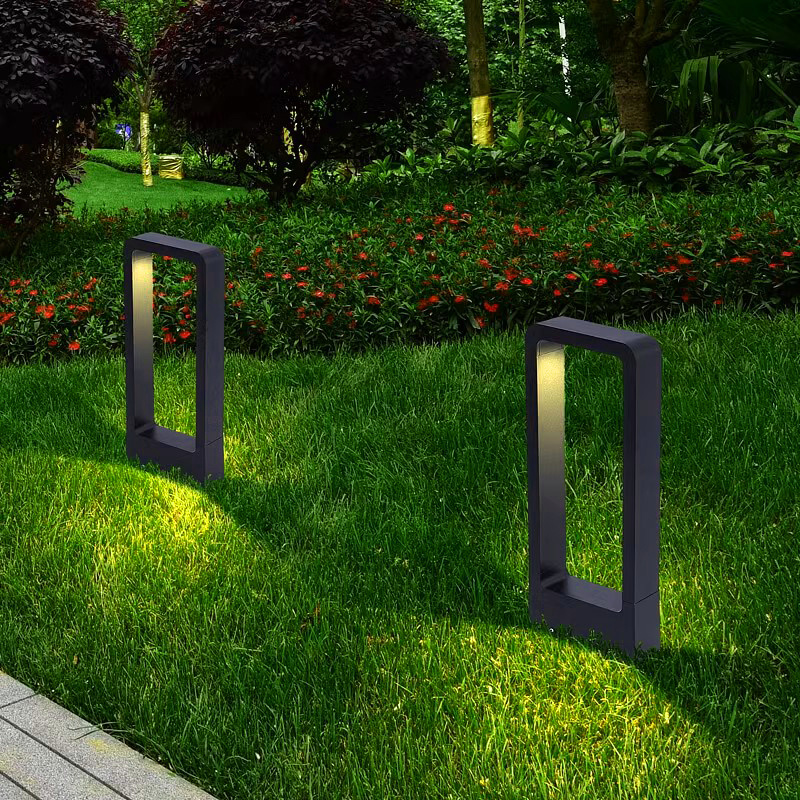language
English
العربية
বাংলাদেশ
Български
Hrvatski
Česky
Dansk
Nederland
 Esperanto
Esperanto
Slovenski
Filipino
Suomi
Français
Maori
 Shqiptare
Shqiptare
Georgian
 Euskara
Euskara
Deutsch
Ελλάδα
ישראל
इंडिया
Magyarország
Ísland
Indonesia
Irlanda
Italia
日本語
Sovensko
Հայաստան
한국
Kyrgyz
ປະເທດລາວ
 Zulu
Zulu
Latvian
Lithuanian
Luxembourgish
 Latinus
Latinus
Macedonian
Малайская
Maltese
Монгол улс
 Cymraeg
Cymraeg
ဗမာ
 தமிழ்
தமிழ்
नेपाल
Norge
ایران
Polska
Portugal
România
Российская
Србија
 Slovak
Slovak
Србија
 Slovak
Slovak
Bosanski
Slovenian
Беларус
España
Sverige
Точик
ประเทศไทย
Türk
Azərbaycan
Uzbek
 Afrikaans
Afrikaans
Việt Nam
5 Key Features to Look for in Industrial Flood Lighting Solutions
Time:
2025-10-07
5 Key Features to Look for in Industrial Flood Lighting Solutions
When it comes to enhancing safety and visibility in outdoor industrial environments, choosing the right flood lighting solution is paramount. Industrial operations often require robust lighting systems that can withstand harsh conditions while providing optimal illumination. Understanding the key features of industrial flood lighting not only aids in making a wise investment but also contributes to operational efficiency and safety. Here, we delve into the five essential features that should guide your selection process.
1. Energy Efficiency: Maximizing Output while Minimizing Costs
In an era where energy consumption is under scrutiny, energy-efficient flood lighting solutions have become a priority. High-quality industrial flood lights utilize LED technology, which offers several benefits:
Long-Lasting Performance
LED flood lights have a significantly longer lifespan compared to traditional lighting options such as incandescent or halogen bulbs. Their durability reduces the frequency of replacements, ultimately lowering maintenance costs.
Lower Energy Consumption
By consuming up to 80% less energy than traditional lighting solutions, LED flood lights not only reduce electricity bills but also minimize environmental impact. This energy efficiency makes them an excellent choice for businesses aiming to lower their carbon footprint.
Smart Controls for Enhanced Efficiency
Incorporating smart controls such as motion sensors and dimmers can further enhance energy efficiency. These systems allow lights to operate only when necessary, contributing to significant energy savings.
2. Durability: Weather-Resistant and Rugged Designs
Industrial environments often subject lighting fixtures to challenging conditions, including extreme temperatures, moisture, dust, and debris. Therefore, it is crucial to choose flood lighting solutions that are designed to endure these harsh realities.
IP Ratings: Understanding Ingress Protection
Look for flood lights with a high Ingress Protection (IP) rating. A rating of IP65 or higher signifies that the fixture is dust-tight and can withstand water jets, making it suitable for outdoor use.
Material Quality: Corrosion-Resistant Options
Fixtures made from materials like aluminum or stainless steel provide superior resistance to corrosion and rust. Such materials ensure longevity and reliability, leading to fewer replacements and maintenance disruptions.
Impact Resistance: Designed for Tough Environments
In addition to weather resistance, consider the impact rating of flood lights. Fixtures with a high impact rating (IK08 or above) are ideal for areas prone to physical damage, ensuring uninterrupted operation.
3. Light Quality: Ensuring Optimal Visibility
The quality of light produced by flood lighting solutions directly impacts visibility, safety, and productivity. Several factors contribute to excellent light quality:
Color Temperature: Choosing the Right Hue
Color temperature is measured in Kelvin (K) and affects how light appears in an environment. For industrial settings, a color temperature between 4000K and 5000K is generally preferred, providing bright, white light that mimics daylight and enhances visibility.
Brightness: Lumens vs. Watts
When evaluating brightness, focus on lumens, which measure light output rather than wattage. Higher lumens mean brighter light, which is essential for illuminating large outdoor areas effectively. Aim for fixtures that deliver ample lumens for the specific application.
Uniform Light Distribution: Avoiding Glares and Shadows
Choose flood lights with optics designed for uniform light distribution. This reduces glares and shadows, ensuring comprehensive coverage and enhancing safety in work areas.
4. Installation Flexibility: Adapting to Diverse Settings
Industrial facilities often have varying lighting requirements based on the layout and purpose of each area. Therefore, the ability to install flood lights in different configurations is a significant feature to consider.
Mounting Options: Versatile Solutions
Look for flood lighting solutions that offer multiple mounting options, such as pole mounting, wall mounting, or ceiling mounting. This versatility allows for tailored installations that meet specific lighting needs in diverse settings.
Adjustability: Focusing Light Where It’s Needed
Fixtures with adjustable brackets or swivels enable easy direction of light beams. This adaptability is crucial for ensuring optimal coverage and addressing specific lighting challenges.
Integration with Existing Systems: Seamless Compatibility
If your facility already has a lighting system in place, consider flood lights that can integrate easily with existing infrastructure. This compatibility streamlines installation and minimizes disruption to ongoing operations.
5. Maintenance Ease: Simplifying Upkeep
Regular maintenance is essential for prolonging the lifespan of flood lighting solutions. Choosing fixtures designed for easy upkeep can significantly reduce downtime and labor costs.
Tool-Free Access: Quick Repairs and Replacements
Opt for flood lights that allow for tool-free access to internal components. This feature simplifies bulb replacement and repairs, minimizing the time needed for maintenance tasks.
Self-Cleaning Features: Reducing Maintenance Frequency
Some modern flood lights come equipped with self-cleaning capabilities, particularly in dusty environments. This technology reduces the frequency of manual cleaning, ensuring consistent performance without significant effort.
Warranty and Support: Assurance of Quality
A robust warranty can indicate the manufacturer’s confidence in their product. Look for flood lighting solutions that come with extensive warranties and reliable customer support to address any issues that may arise during operation.
Conclusion: Empowering Your Industrial Lighting Choices
Selecting the right industrial flood lighting solutions involves a thorough understanding of essential features that contribute to safety, efficiency, and reliability. By prioritizing energy efficiency, durability, light quality, installation flexibility, and maintenance ease, businesses can make informed decisions that enhance operational effectiveness. Investing in high-quality flood lighting not only improves visibility in outdoor environments but also ensures compliance with safety regulations and contributes to overall productivity. Make the transition to superior industrial flood lighting solutions today to illuminate your operations effectively.
FAQs
1. What is the lifespan of LED flood lights compared to traditional options?
LED flood lights typically last up to 50,000 hours or more, while traditional options like incandescent bulbs usually last only 1,000 hours.
2. How can I determine the ideal lumens needed for my outdoor area?
The ideal lumen output depends on the size and purpose of the area. For example, a parking lot may require 30-50 lumens per square foot, while a warehouse may need upwards of 100 lumens.
3. What does IP rating mean in flood lighting?
IP (Ingress Protection) rating indicates the fixture’s resistance to dust and water. A higher IP rating means better protection against environmental elements.
4. Can I integrate new flood lights with my existing lighting system?
Yes, many industrial flood lights are designed to integrate seamlessly with existing systems, allowing for tailored lighting solutions without extensive rewiring.
5. What maintenance tasks should I perform on my flood lights?
Regular maintenance tasks include cleaning fixtures to remove dirt and debris, checking for loose wiring, and replacing bulbs as needed. Tool-free access can simplify these tasks significantly.













